Zamówienie wyślemy do 00 00 00
| Autor | |
|---|---|
| ISBN | |
| Rok wydania | |
| Liczba stron | |
| Format | |
| Cena katalogowa |
Contents
Preface
Part I Theoretical aspects of uninorms
1. Uninorms on the unit interval
1.1. Algebraic properties of operations
1.2. Aggregation operators
1.3. Fuzzy negations
1.4. Triangular norms
1.5. Triangular conorms
1.6. Notion of uninorms
1.7. Uninorms in Umin and Umax
1.8. Ordinal sum of uninorms
1.8.1. Construction of t-norms
1.8.2. Construction of t-conorms
1.8.3. Construction of uninorms
1.9. Representable uninorms
1.10. Continuous uninorms in the open unit square
1.11. Idempotent uninorms
1.12. Locally internal uninorms on A(e)
1.12.1. Properties of g
1.12.2. The characterization theorem
1.13. Characterization theorems for uninorms with the continuous underlying operators
1.13.1. Case TU and SU idempotent
1.13.2. Case TU Archimedean, SU idempotent
1.13.3. Case TU continuous, SU idempotent
1.13.4. Case TU idempotent, SU Archimedean
1.13.5. Case TU idempotent, SU continuous
1.13.6. Case TU and SU Archimedean
1.13.7. Locally internal uninorms in A(e) with continuous underlying operators
1.13.8. Uninorms with continuous underlying operators – general case
1.14. Uninorms locally internal on the boundary
1.15. Uninorms not locally internal on the boundary .
1.15.1. Disjunctive case
1.15.2. Conjunctive case
1.15.3. General case
1.16. Relationships between particular classes of uninorms
2. Uninorms on the lattice
2.1. Bounded lattices
2.2. Uninorms on bounded lattices
2.3. Uninorms from the classes Umin and Umax
2.4. Idempotent uninorms
2.4.1. Separating function of idempotent uninorms on some types of lattices
2.5. Uninorms on interval-valued fuzzy sets
2.6. Discrete uninorms
3. Generalization of uninorms
3.1. Pseudo uninorms
3.2. n-uninorms
3.3. Weak uninorm
Part II. Applications
4.Inverse fuzzy implications
4.1. Fuzzy implications
4.2. (UN)-implications
4.3. Constructing a fuzzy implication from given one(s)
4.3.1. Threshold Generation Method
4.3.2. Multi-threshold Generation Method
4.3.3. Vertical threshold generation method
4.3.4. Left ordinal sum of fuzzy implications
4.4. Inverse implication with respect to antecedent
4.4.1. Definition and basic properties
4.4.2. Threshold parameter
4.4.3. Selection of implications
4.5. Inverse implications with respect to consequent
4.5.1. Definition and basic properties
4.5.2. Threshold parameter
5. Short notes on classifiers
5.1. Quality measures of classifiers
5.2. k-NN algorithm
6. Aggregation of uncertainty from many classifiers by uninorms
6.1. Classifiers using different aggregations
6.2. Experiment
7. Method of building multi-classifiers based on uninorms
7.1. Classification algorithm
7.1.1. Modification of the algorithm
7.2. Experiments
8. Use of uninorms to classify phishing emails
8.1. The phishing problem
8.2. The methodology
8.2.1. The method of calculating the weight for an e-mail based on the analysis of the e-mail text
8.2.2. The method of calculating the weight for an e-mail based on the analysis of links in the e-mail
8.3. Algorithm for constructing classifiers for identifying phishing
8.3.1. Explanation of notions
8.3.2. Comparing the results of the classification
8.3.3. Procedure RESOLVE
8.4. Results
9. Concluding remarks
References
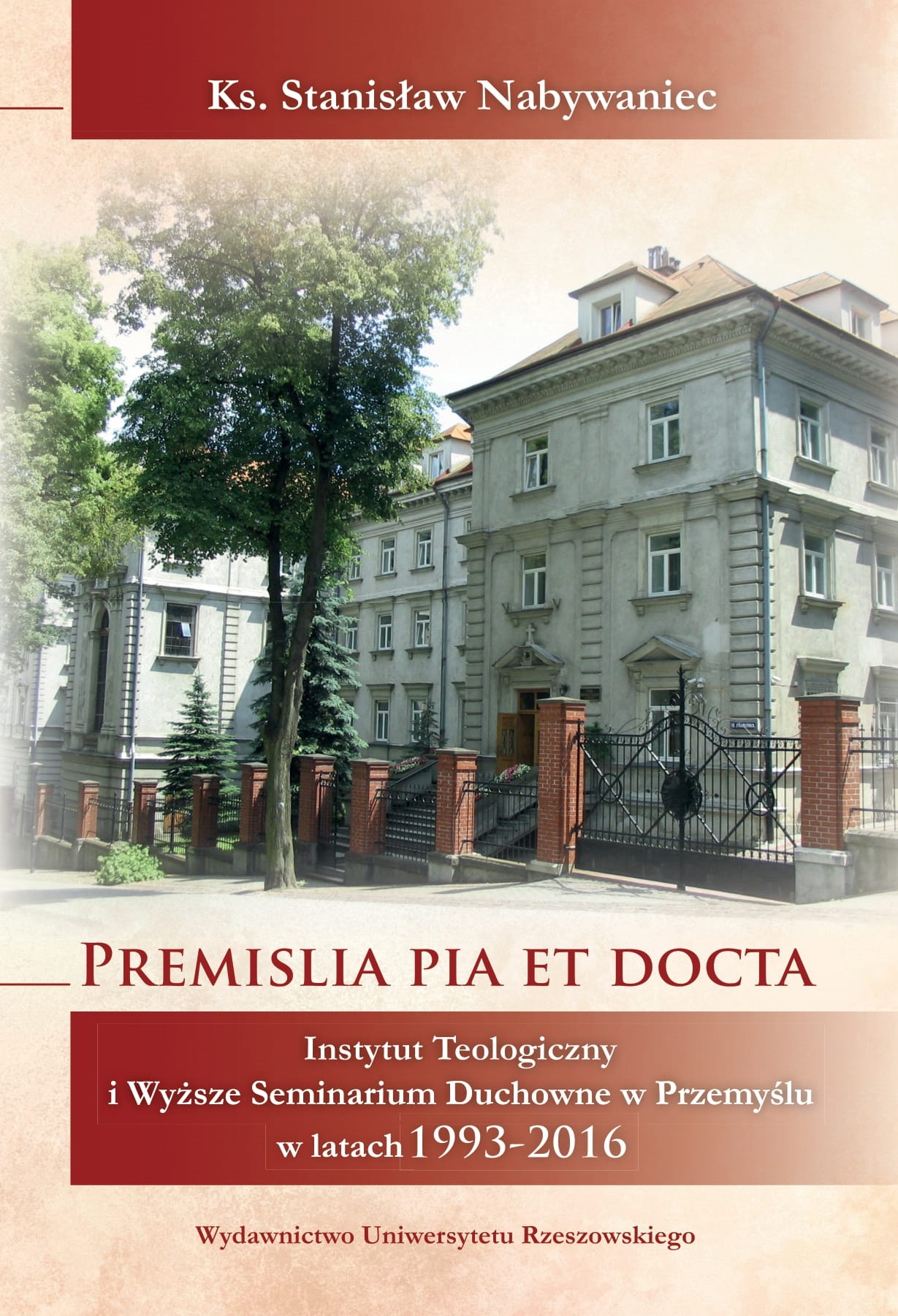


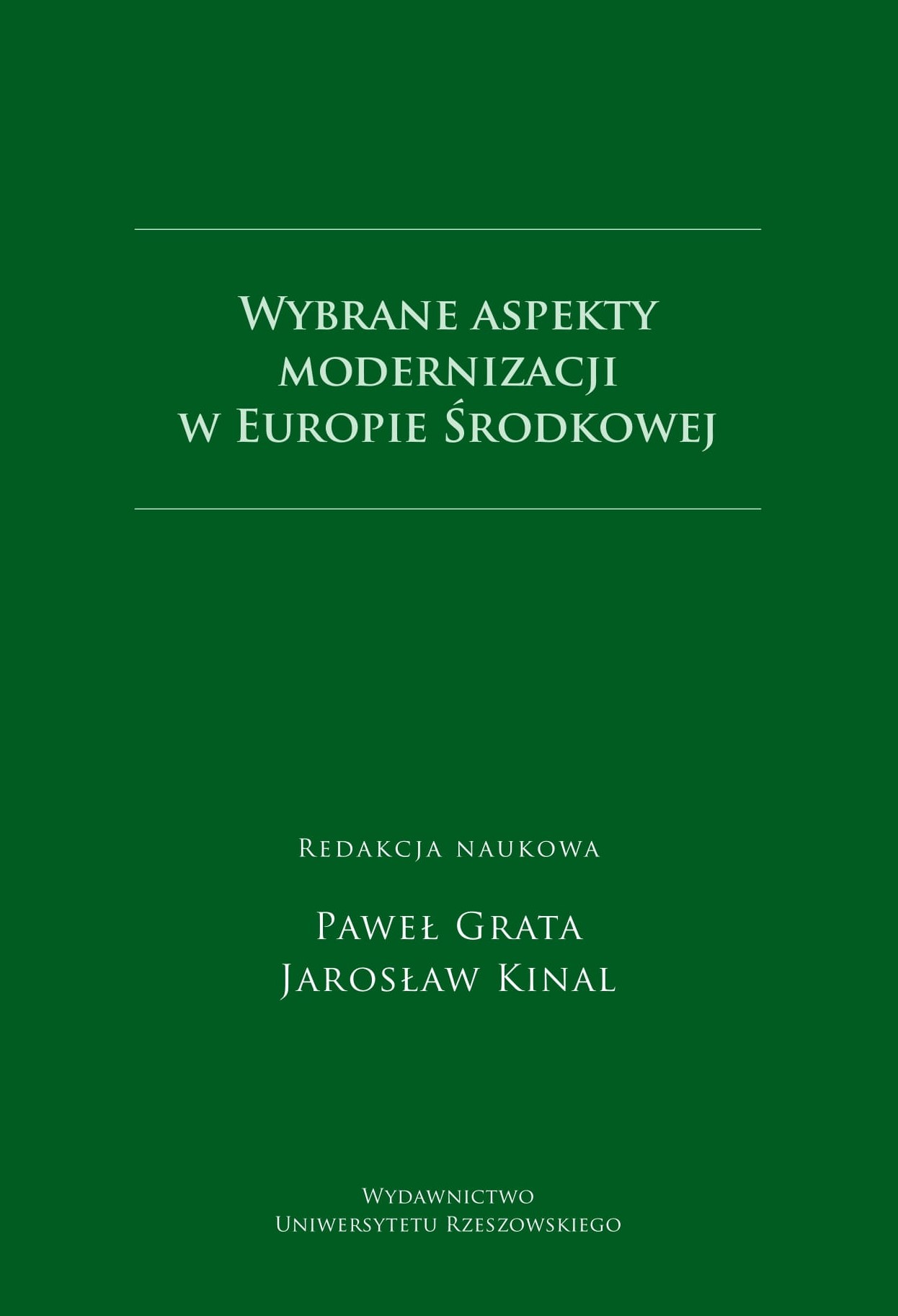
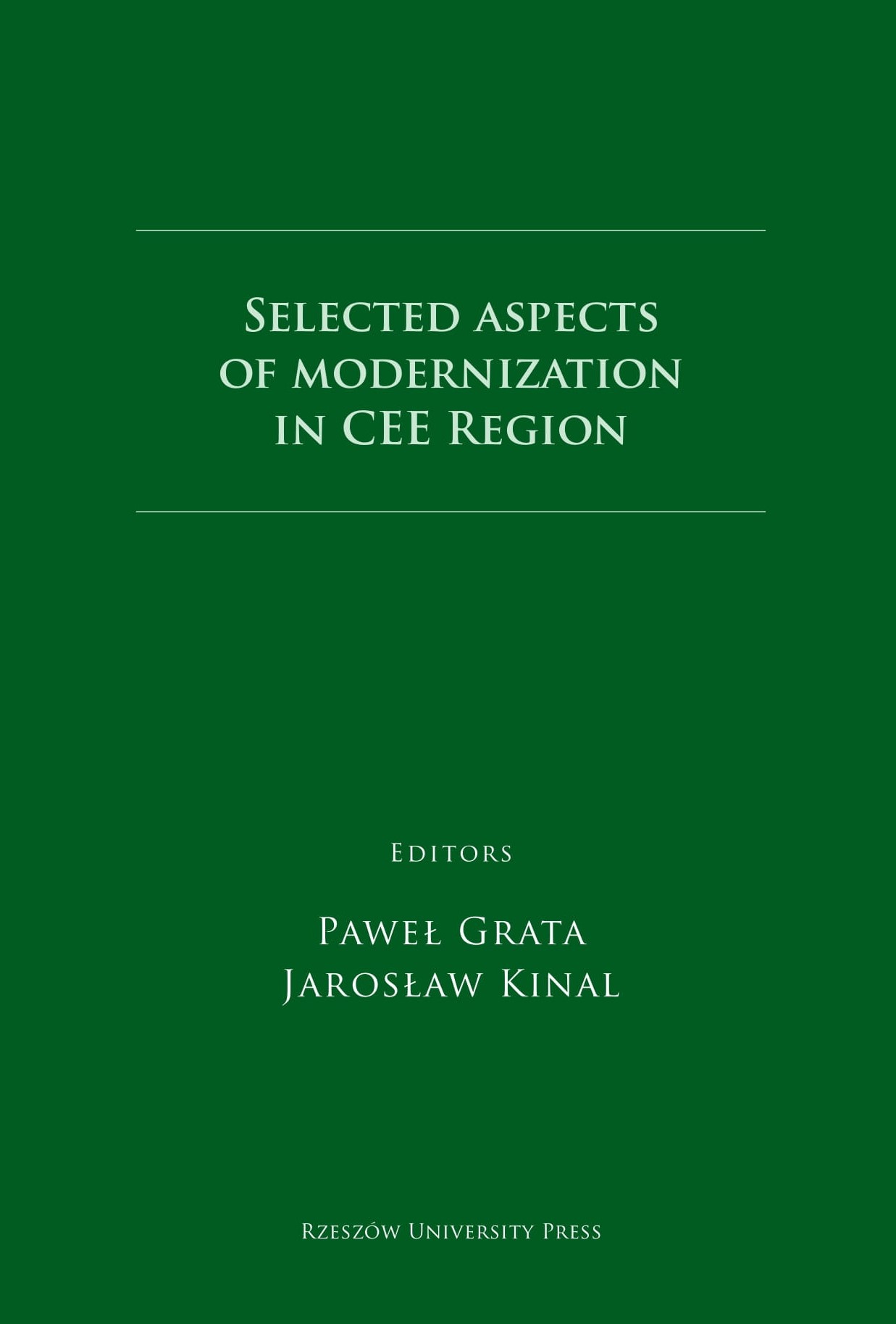
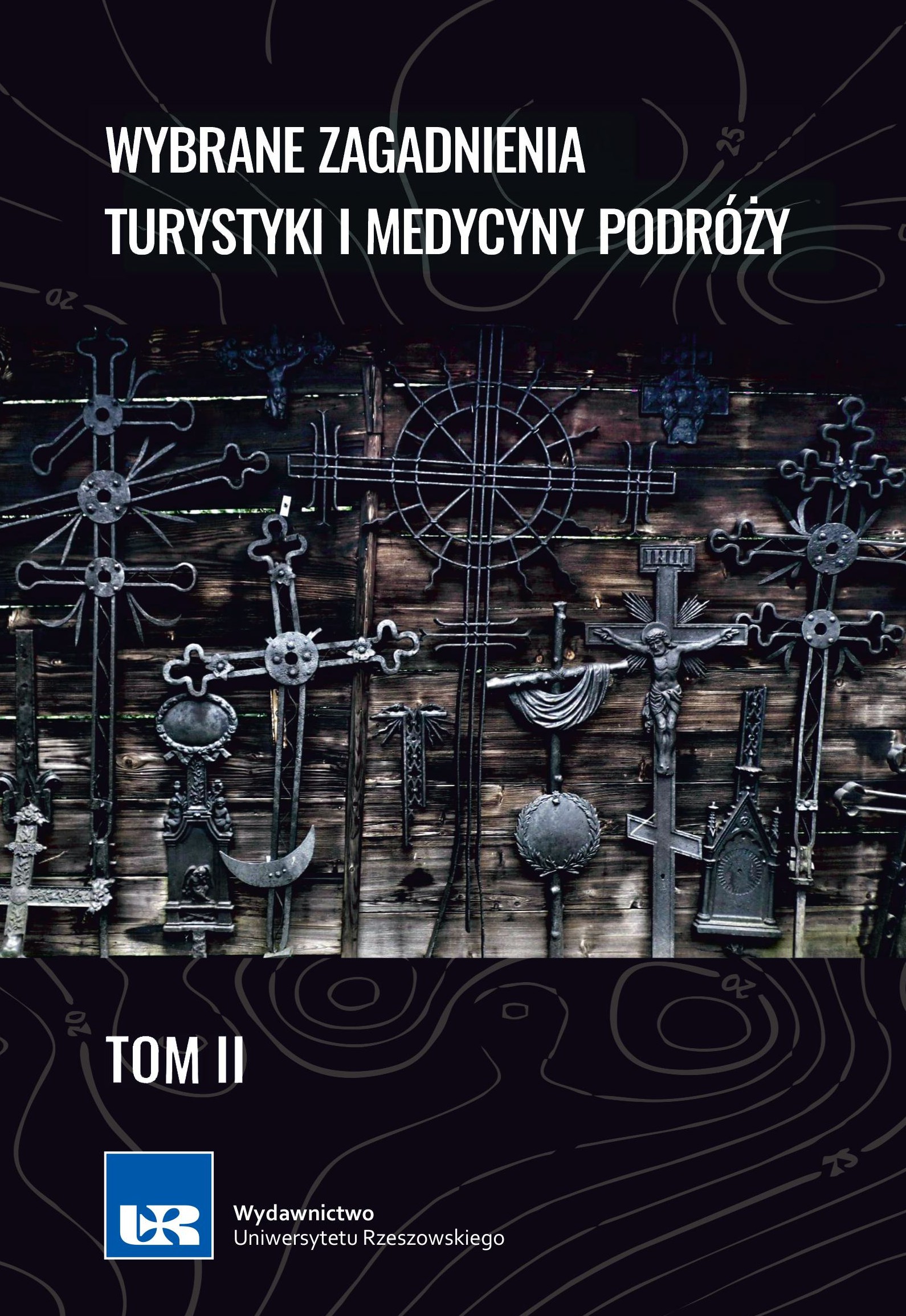
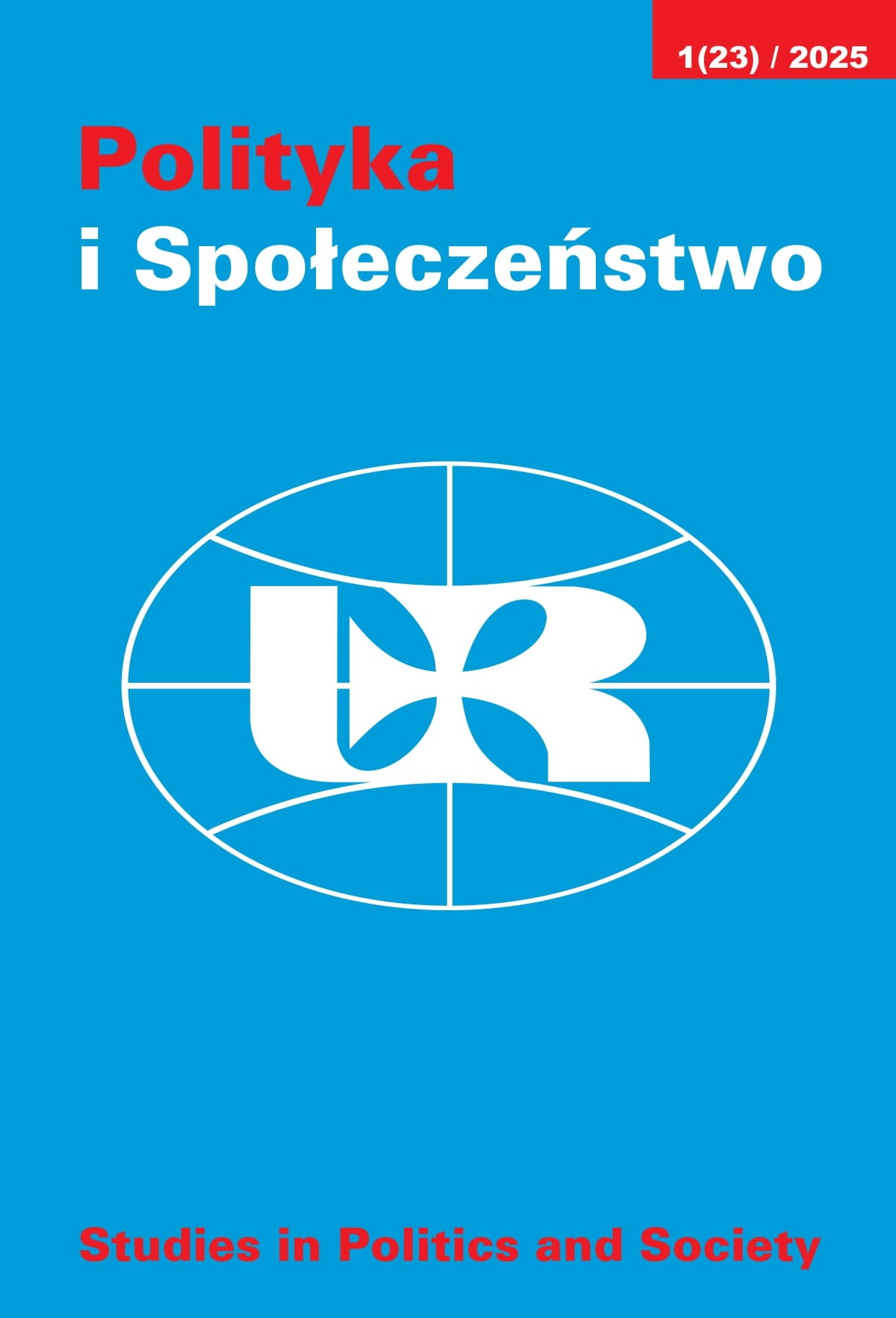
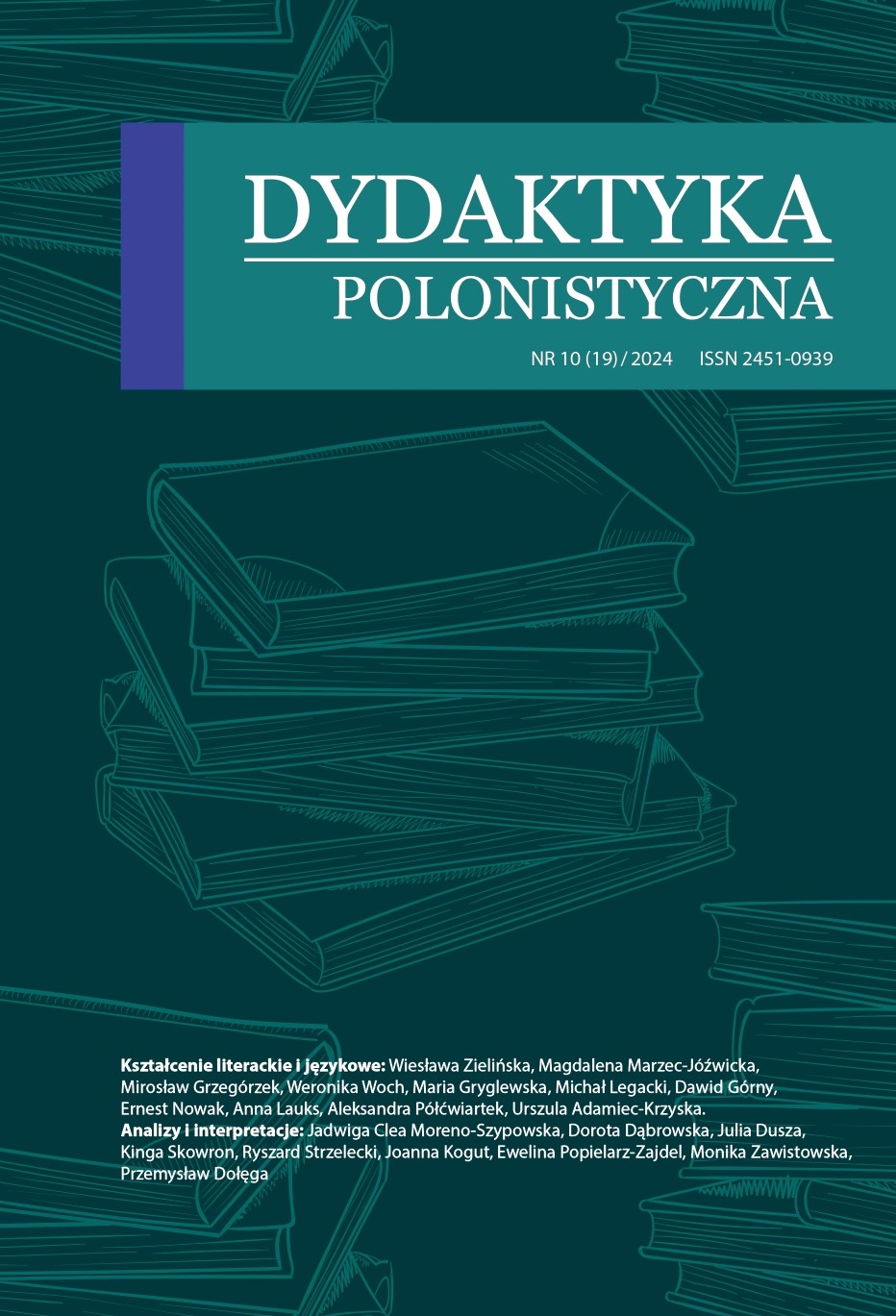

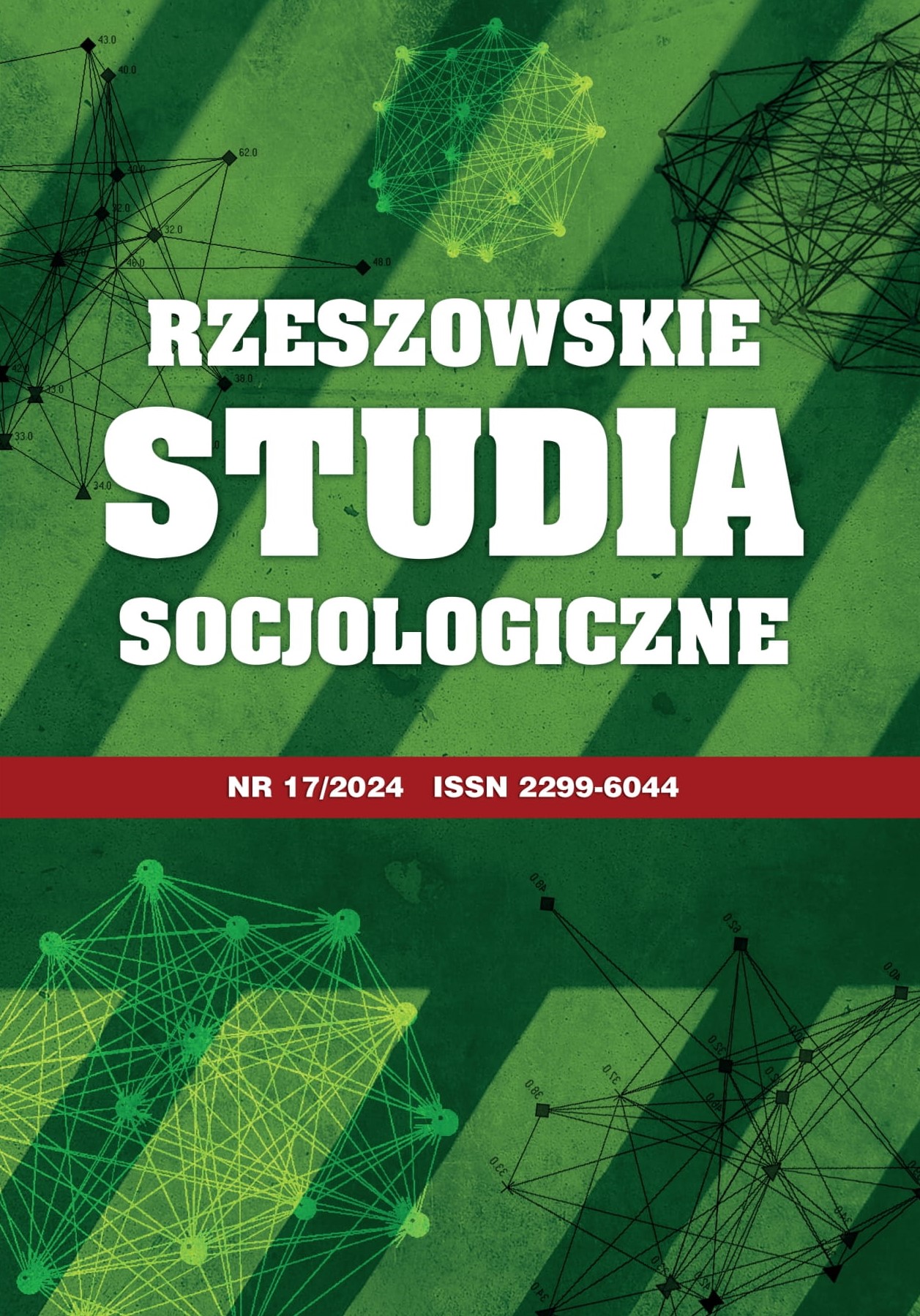

Copyright © 2025
wydawnictwo@ur.edu.pl
tel. 017 872 13 69 (Kolportaż)
tel. 017 872 14 37 (Dyrektor)
faks: 17 872 14 26
e-mail: wydawnictwo@ur.edu.pl
Adres:
ul. prof. St. Pigonia 6, 35-310 Rzeszów